Okadera Temple, The Temple of the Sealed Dragon
Many buildings and temples in the tiny village of Asuka tell of Japan’s beginnings as a country. Some things, however, are important for other reasons. Asuka’s Okadera Temple is one of the Saigoku Kannon Pilgrimage’s 33 temples, and while no major historic or political events have ever taken place there, it is still a place of great importance.
Okadera Temple
It is possible to walk to Okadera Temple. The temple is not far away from other popular destinations in Asuka, like the Ishibutai Burial Mound or Asuka-dera Temple. Okadera is about 15-30 minutes from either of those locations.
If you decide to walk it won’t be hard to find the temple, but be sure to take advantage of the free maps at the station or other tourist sites. Asuka is small, but it is easy to get turned around.
Okadera is not a very big temple, but it is definitely has a charm.
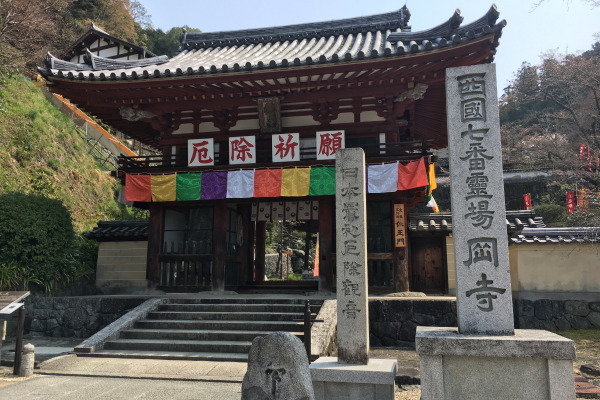

Okadera was built by the monk Gien. Gien played a major role in spreading the Hosso-sect of Buddhism, which made it possible to become soujyou, the highest rank of monks in Japan. His disciples include Ryoben the creator Todai-ji Temple, Genbo, the founder of Kofuku-ji Temple, as well as Gyoki founder of Todai-ji’s great Daibutsu.
After obtaining his monkhood, Gien returned to his home in Asuka. To his shock and horror, he found that a ferocious dragon was terrorizing the land. Without any hesitation, the brave monk went to confront the beast. Armed with nothing but his prayer beads and his spiritual powers, Gien subdued the dragon and sealed him in a small pond in what is now Okadera Temple.
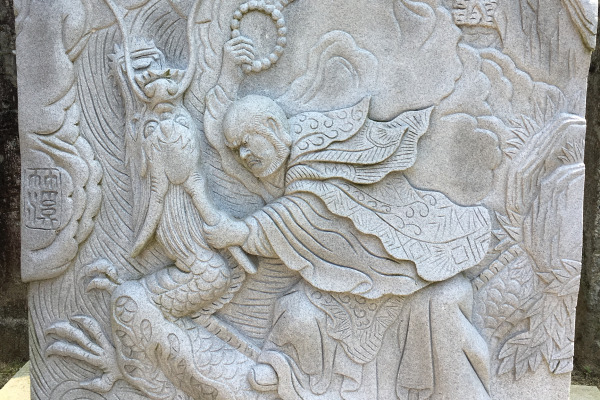
For this reason, Okadera Temple also goes by the name Ryugai-ji, literally meaning “sealed dragon.
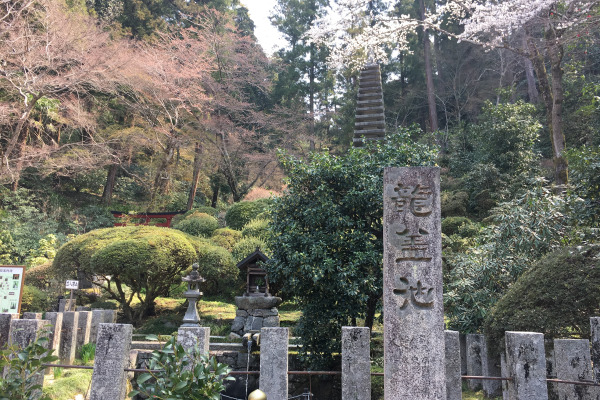
Hondo
Just in front of hondo, we found something very interesting.
Long ago, Buddhists believed that dragons possessed special magic wish-granting jewels called nyoihouju [如意宝珠], or chintamani. These magic jewels grant the wishes of the one who possesses them… kind of like dragon balls. (Toriyama had to get the idea from somewhere). Since Gien sealed an evil dragon in this temple, these wooden balls function like nyoihouju. Write your wishes on the ball and hang it in the temple. With any luck, your wish will be granted.

Okadera enshrines a statue of Nyoirin Kannon Bosatsu made in the Nara Period. Fortunately, the statue is not sealed inside the temple so visitors can easily see the statue when they come to the temple.
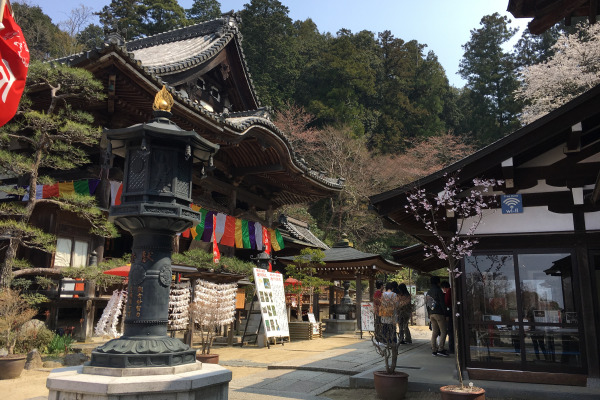
This statue is actually the biggest clay statue of Nyoirin Kannon Bosatsu in Japan. On top of that, the statue is white. We have been to so many temples, but we have never seen such a white Kannon statue anywhere else.
Another thing that is really unusual about this Kannon statue is its posture. Most statues of Nyoirin Kannon Bosatsu have her in a seated position with six arms, one leg supporting one elbow. However, the statue in Okadera is completely different! Not only are her legs crossed in the lotus pose, but she only has two arms!
Okunoin
After you visit the hondo, you should go visit Okunoin. Don’t worry it is just a few minutes up a short flight of stairs.
Okunoin is a small, but old, stone buddha statue that sits inside a little cave on the hillside next to the main grounds of Okadera temple.
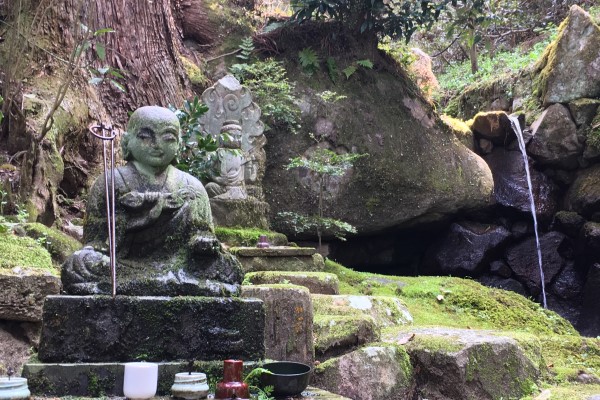
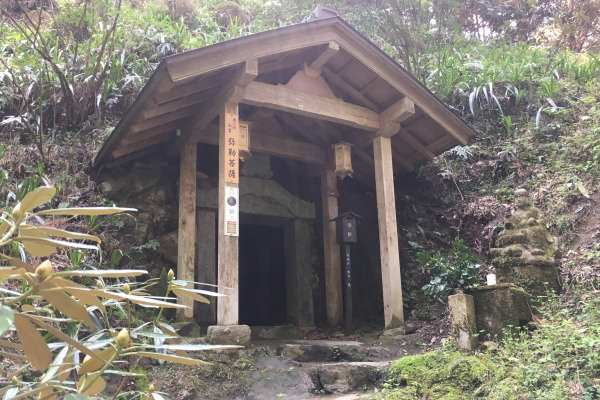

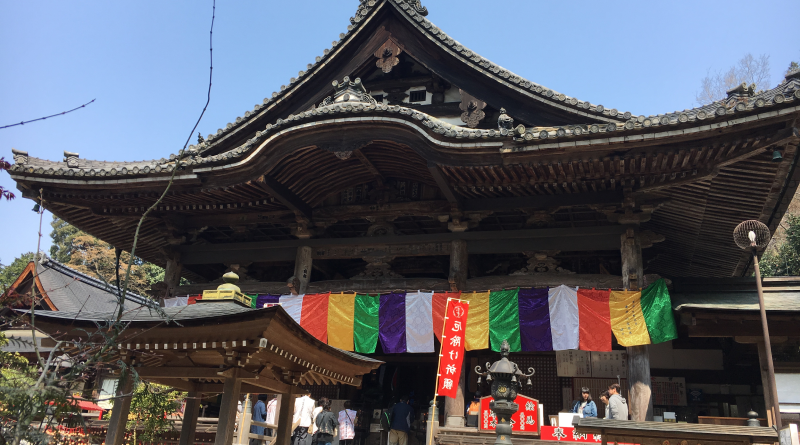
Leave a Reply